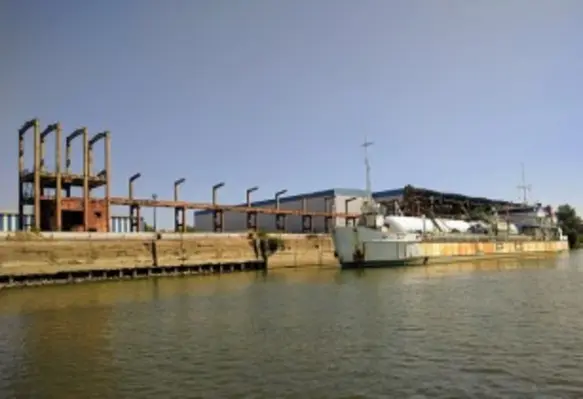Page 1 of 2A decision from BP concerning investment in two tight gas projects in Oman could be reached before the end of 2013, but the terms have to be right, writes KBC Energy Economics global oil supply consultant Samuiel Ciszuk
In mid-November BP said that it hopes to reach an agreement with Oman on gas prices and investment terms for its Khazzan & Makarem tight gas project next year, making a final investment decision (FID) possible before the end of 2013.
"We are very much committed to Oman," Reuters quoted BP chief executive Bob Dudley as saying, indicating the company’s continued optimism about the commerciality of the project – if the right terms can be achieved.
That will however not be straight forward and the Omani government’s ability to accept a move to more expensive gas will in the long run prove indicative to how quickly other states throughout the region can adapt to a higher gas cost environment.
Oman, like other Gulf States, remains a very generous subsidiser of its own population’s energy consumption, offering power and fuels at prices far under their international market value.
The result has been the constant feeding of wasteful consumption patterns among both private consumers, commerce, as well as industry, but also a sense among the population of entitlement to cheap energy and fuels as part of the state’s sharing of the national wealth.
Through strong population growth and even stronger per-capita energy demand growth this state of affairs is increasingly under strain across the Middle East and North African region, as particularly domestic gas supplies are struggling to keep up with demand numbers in many countries.
Demand
Gas production has traditionally been sourced from associated output being produced at virtually no cost, or cheap non-associated production from large and straight-forward formations, making it possible for the governments to purchase it at very low costs, even in the cases where private oil and gas companies have been involved.
As demand rises and cheap gas supplies no longer are enough, governments have however found themselves in a conundrum.
Encouraging exploration and development – or indeed imports – of much more expensive gas would force them to agree to a much higher gas cost, which they still them are supplying to utilities and industrial customers at highly subsidised rates.
Moreover, since the 1980s the switch to gas-based power generation has made the region’s economies highly gas dependent, as back then, gas was seen as a still abundant by-product of their oil wealth.
Efforts to diversify economies have further entrenched most of them in this situation, as the most logical industries to develop in most states were within the petrochemical and (energy-intensive) metallurgic sectors, drawing on existing hydrocarbon know-how and skills and the access to cheap product and gas feedstock.
Ironically those efforts caused domestic demand growth levels to spike further, in effect negating any diversification away from hydrocarbons by making the economy even more reliant on hydrocarbons.
This situation is of course well known and Oman was one of the first Gulf states to start suffer from this predicament. Having switched its power generation to be almost entirely reliant on gas in the 1990s and also decided to build two LNG export ventures, the sultanate started suffering power shortages due to the lack of feedstock as early as during the first half of the past decade.
Apart from the strain on populations, the rolling blackouts proved a cap on economic growth, while the lack of future power or gas feedstock allocations forced industrial projects to be put on hold.
Other countries to early face these problems in the region were Kuwait and Bahrain, who also together with a fast-moving UAE eager not to damage its strong economic growth, started importing gas.
For Oman it has not been as simple. A small amount of gas has been secured from Qatar through the Dolphin Pipeline network, however politically larger import operations have been tough to launch, given Oman’s continued LNG export commitments.
Instead the sultanate was hoping that domestic development would help to tide it over. This has almost happened, but at the cost of repeated seasonal power shortages and Oman’s economic growth having trailed several of its neighbours’ in the otherwise expansive past decade.
Conventional Omani projects have not materialised in as prolific numbers as hoped and efforts to get large EOR projects underway in the sultanate have not resulted in much higher associated gas production – or at least not freed up enough gas, although the sultanate has been careful with projects requiring gas injections given its predicament.
Continues on page 2...









